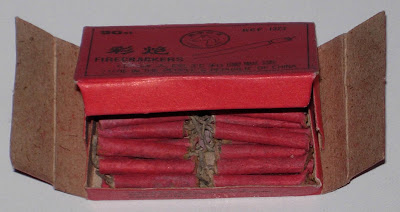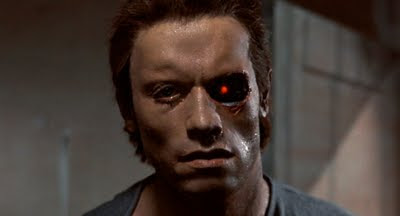section 1 the task was to film the final section from our bomb sequence, in the task an operator spoke to an telling him that a bomb has been located and for the agent to find and defuse it. Meanwhile the good operate gets killed and the original character 2 takes his place and on purpose tells the agent the wrong wire to cut making the college blow up. We had to shoot the task in three different sections, the phone call, the meeting then the final bomb sequence which we edited together at the end in final cut. Then we had to use green screen effects to blow up the school.
Section 2
in the filming process, we filmed 21 shots which we did not film in narrative order. I found confusing filming the outdoor shots first then filming the first shots in the narrative sequence last. The main contribution i made was being the first operator where i acted in 2 shots, i filmed most of the bomb sequence and i also took still pictures to add to the blog posts. In the editing process we used the clapperboards again to make it easier for us to edit. What i found to be most fun editing this sequence was we able to use effects to blow up the college, we used green screen effects where there was a variety of explosions and sound effects to choose from.












